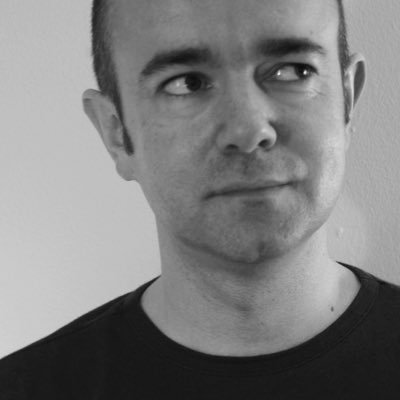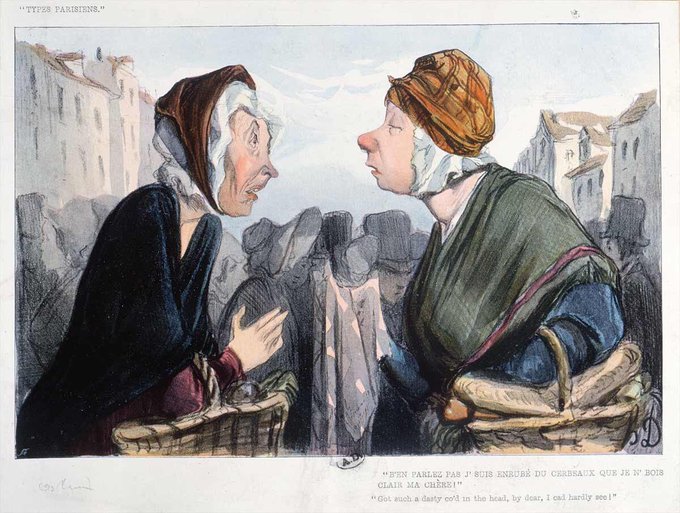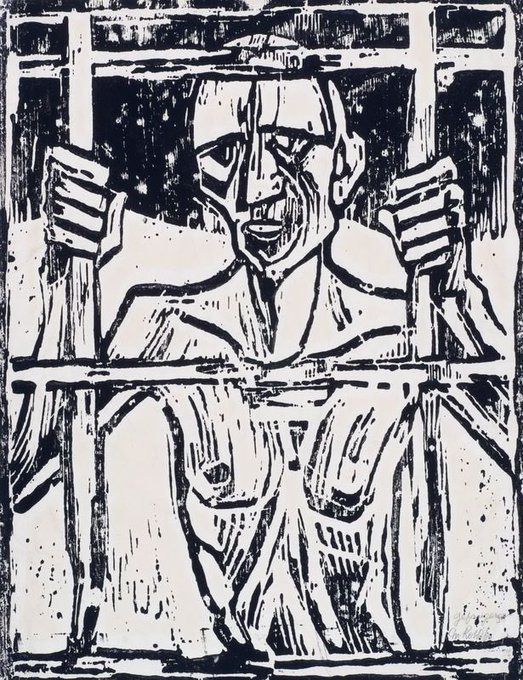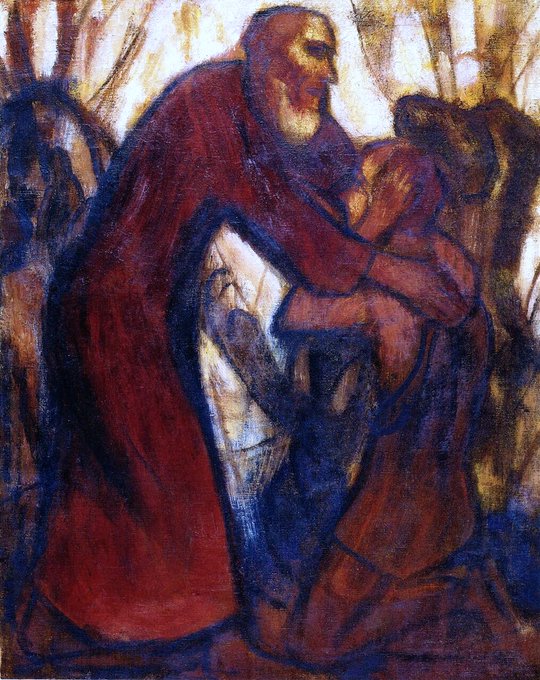His paintings have an exquisite command of style, movement & composition. Mary Magdalene (c1849), On the Shore (c1849), The Emigrants (c1849-50) & The Miller, his Son & the Donkey (c1849-50)
Daumier, despite his establishment detractors, was a true patriot as shown in his monumental & stirring image of the Republic. The Fifth Act at the Gaiety Theatre (1848), The Republic (1848), The Uprising (nd) & Martyrdom of St Sebastian (1849-52)
Parents woken by their Baby (1838), Workmen on the Street (1838-40), A Nasty Cold in the Head (1839) & the Beautiful Narcissus (c1840s). I love the timelessness of his sleep deprived parents & the ludicrous figure of Narcissus.
A notable work of his was Rue Transnonain (1834) - he intended the profits from it to support the freedom of the press. The police discovered a copy & set about confiscating every available print. Such persecution was Daumier’s lot.
He was born in Marseille but moved to Paris & was always keen on art to his father’s distress. In 1822 he apprenticed to an artist & in 1823 he attended the Académie Suisse. His style was his own. Daumier’s self-portrait (1869)
Thread: Honoré-Victorin Daumier (1808-79) died on this day. He is considered the greatest caricaturist in history (by me 😉) & he even went to gaol for lampooning the French king. His painting style employs an impressionist approach combined with acute observation.
Such was his fame that (1929) the Rohlfs Museum was opened in Hagen. In 1937 the Nazis had him expelled from the Prussian Academy & his work was removed from public collections as Entartete Kunst. Monte Tamaro (1935), Artichoke (c1937), Sunflower (1934) & Canna (1932).
His approach was both full of humour & pathos. His enjoyment of a mismatched pair is as powerful as his depiction of a desperate prisoner of war. Couple (1919), From the Weimar Park (1918), Leda & the Swan (1917) & Prisoner (1918)
Blues, greens & reds became really important to him & he was now painting confidently in his own signature style. Village (1913), The Soldier (c1914), Return of the Prodigal Son (1914) & Hexenritt (1916). Images of good & evil marked WWI
From 1910-12 Rohlfs lived in Munich & the Tyrol before returning to Hagen. Dancer with Red Cloak (1912), Two Marrows (1910), Nude (1911) & Nude (1911). Here we see the birth of Rohlfs own unique style.


































